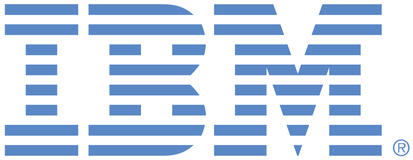
This portal is to open public enhancement requests against IBM Power Systems products, including IBM i. To view all of your ideas submitted to IBM, create and manage groups of Ideas, or create an idea explicitly set to be either visible by all (public) or visible only to you and IBM (private), use the IBM Unified Ideas Portal (https://ideas.ibm.com).
Shape the future of IBM!
We invite you to shape the future of IBM, including product roadmaps, by submitting ideas that matter to you the most. Here's how it works:
Search existing ideas
Start by searching and reviewing ideas and requests to enhance a product or service. Take a look at ideas others have posted, and add a comment, vote, or subscribe to updates on them if they matter to you. If you can't find what you are looking for,
Post your ideas
Post an idea.
Get feedback from the IBM team and other customers to refine your idea.
Follow the idea through the IBM Ideas process.
Specific links you will want to bookmark for future use
Welcome to the IBM Ideas Portal (https://www.ibm.com/ideas) - Use this site to find out additional information and details about the IBM Ideas process and statuses.
IBM Unified Ideas Portal (https://ideas.ibm.com) - Use this site to view all of your ideas, create new ideas for any IBM product, or search for ideas across all of IBM.
ideasibm@us.ibm.com - Use this email to suggest enhancements to the Ideas process or request help from IBM for submitting your Ideas.
Db2 for i development team
IBM Power Systems Development
Not quite true - the exit point program is called ONLY on FULL open of a database table, not for ANY database access. So the program is not called after the job has opened the table.
The exit point offers user handling of table opens - allowing additional checks besides object security and rejecting the open under some circumstances.
The exit point program is called from ANY interface. If you do not want native opens, check for this as your frst step in your exit program and return immediately. The performance penalty for this would be absolute minor.
If you have 95%-99% native table opens, you should have a look at the number of full opens performed in your application, e.g. using the SQL Performance Center, which shows this on the first page. Opening a table is a heavy operation and should be reduced as much as possible.
Best regards,
Christian
CEAC member and IBM Champion